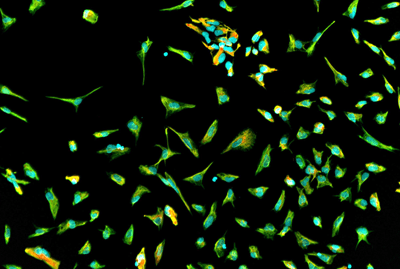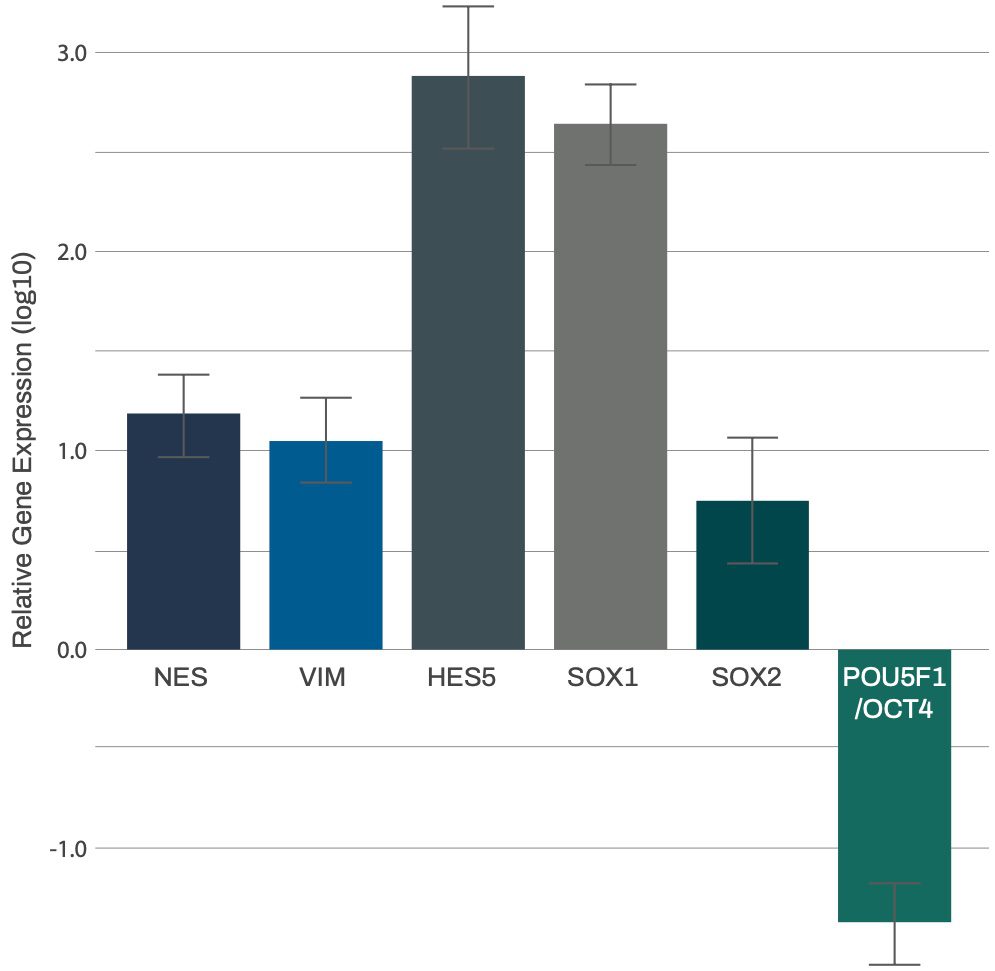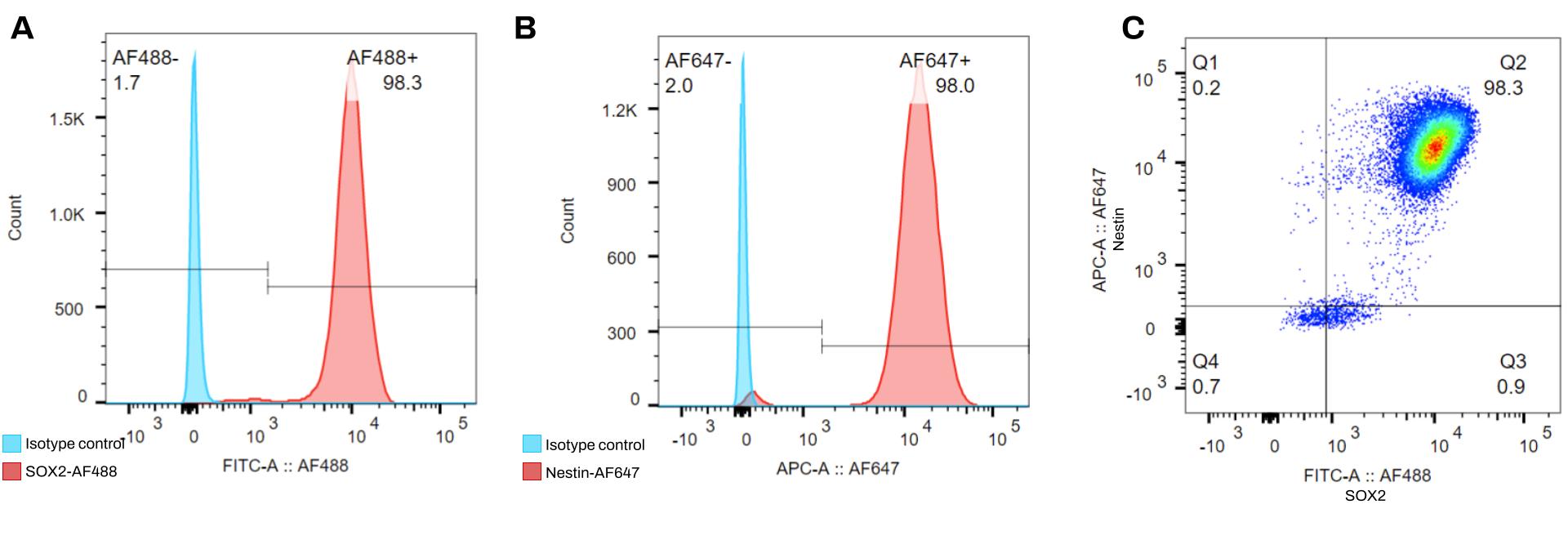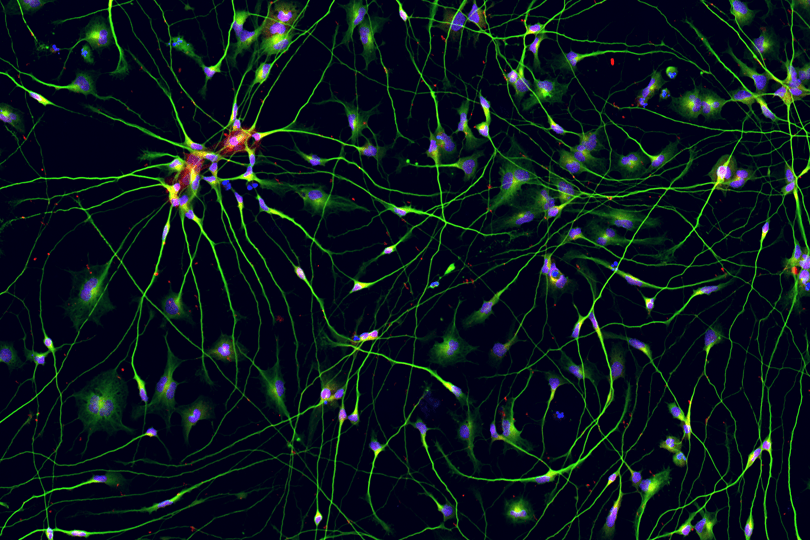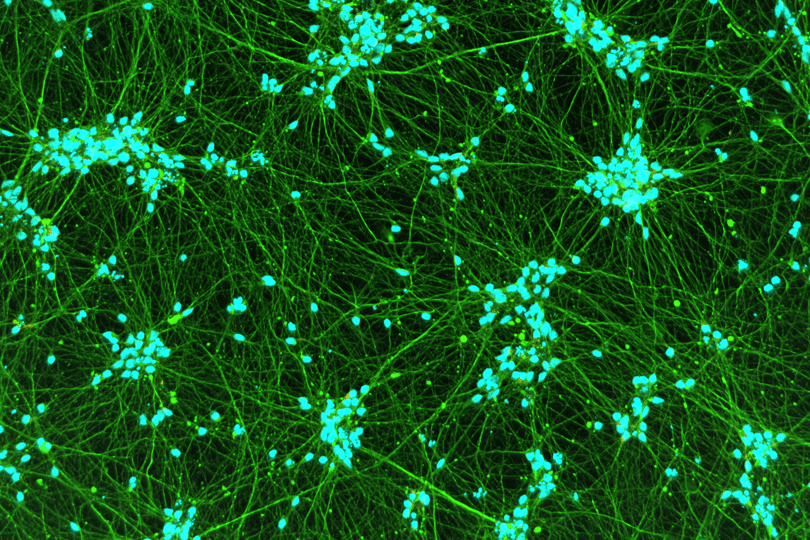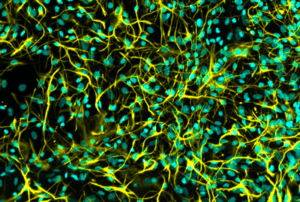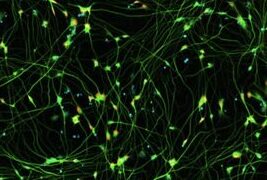Gain a deeper understanding of the complexities of neuronal signaling and tease apart variations due to age, gender, and donor variability with neural precursor cells (NPCs) derived from human iPS cells.
- Quick-Neuron™ Precursor - Human iPSC-derived Neural Precursor Cells (NPCs) give you access to the same cells with every order for more biologically relevant and reproducible studies
- Quick-Neuron™ Precursor Kits provide you with a quick and easy way to turn your iPS cells into neural precursor cells (NPCs).

